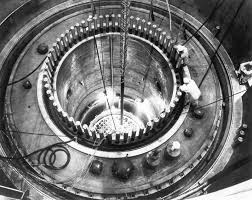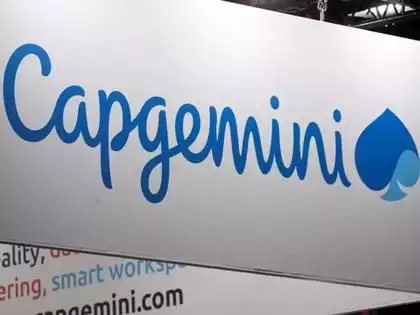Google has teamed up with NextEra Energy to bring the Duane Arnold Energy Center in Iowa back to life, marking a major step in the tech giant’s push toward zero-carbon energy for its expanding network of data centers.
The Duane Arnold plant, which was shut down in 2020 after storm damage compromised part of its safety system, will undergo extensive repairs and upgrades. Originally designed to produce 601 megawatts of electricity, the refurbished reactor is expected to generate an additional 14 megawatts once operational.
NextEra, which has spent the past year searching for a partner to recommission the facility, found one in Google—a company known for its ambitious clean energy commitments. While neither company revealed financial details, the plan is to have the reactor operational again by 2029.
Under the agreement, Google will purchase the majority of the plant’s output for 25 years, while the remainder will go to the Central Iowa Power Cooperative under similar terms. NextEra has also arranged to acquire the co-op’s 20% ownership stake and that of another minority partner, consolidating full control of the plant.
The collaboration reflects a broader trend of tech companies embracing nuclear energy to meet surging power needs driven by cloud computing and artificial intelligence. Nuclear power’s reliability and carbon-free credentials make it an increasingly attractive option for data centers that operate around the clock.
The Duane Arnold project follows Microsoft’s partnership with Constellation Energy to restart one of the Three Mile Island reactors in Pennsylvania, an $1.6 billion effort expected to restore 835 megawatts of capacity by 2028.
Recommissioning existing reactors, experts say, provides a faster path to increasing nuclear capacity—often cutting years off the timeline compared to building new plants from scratch. Still, such projects remain lengthy and complex, competing directly with new natural gas facilities for future grid capacity.
In parallel, Google continues to expand its investments in solar power and battery storage, which can be deployed far faster than nuclear projects. Yet the company’s move into nuclear partnerships signals a strategic bet on long-term, stable, and clean energy sources to sustain the next generation of high-demand data centers.



